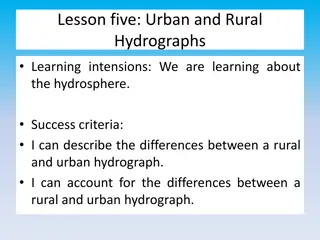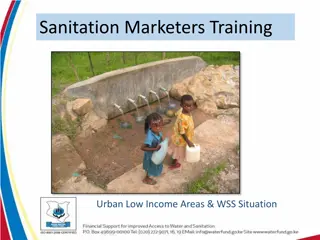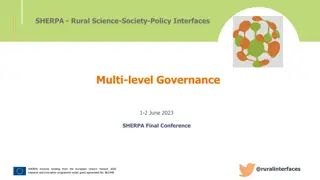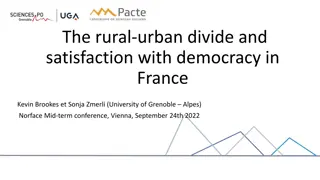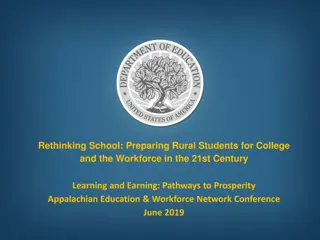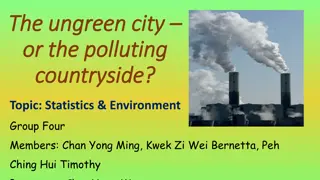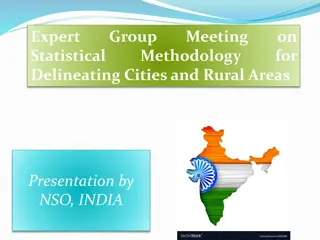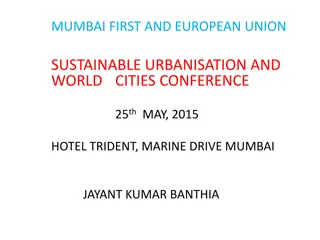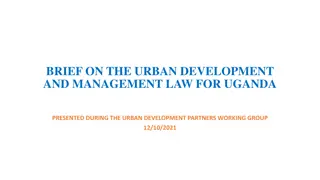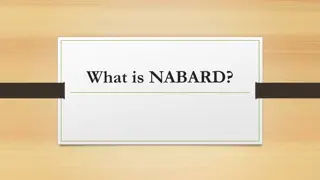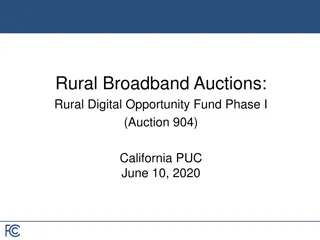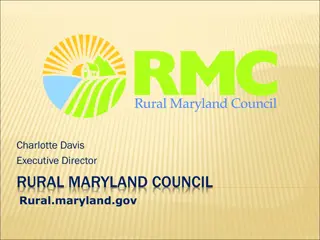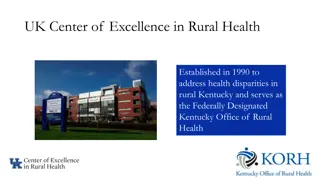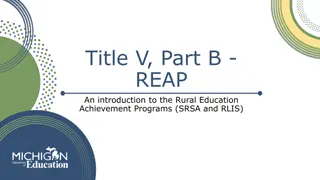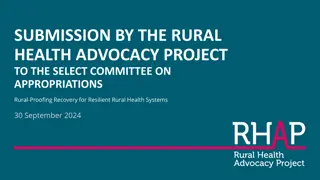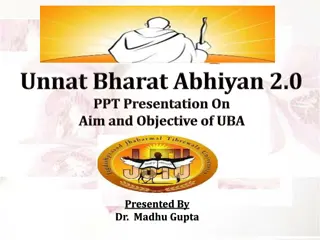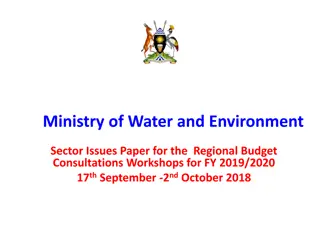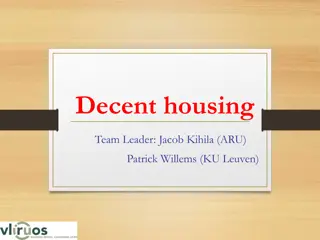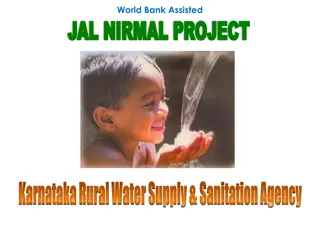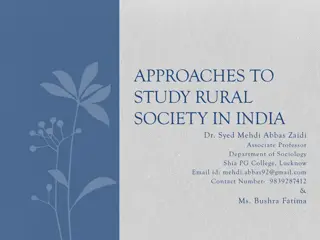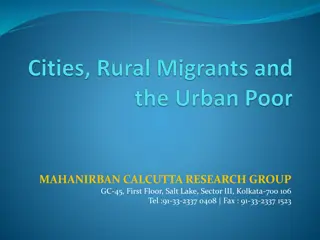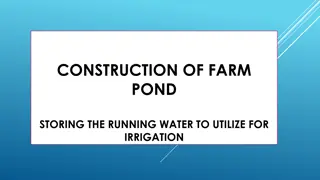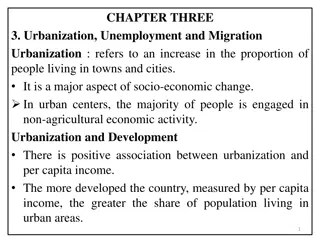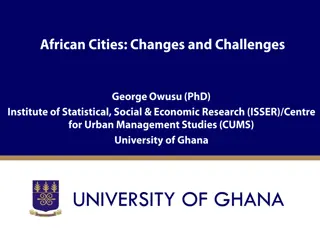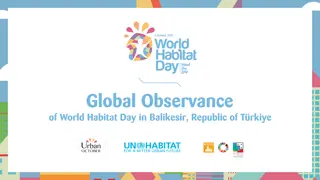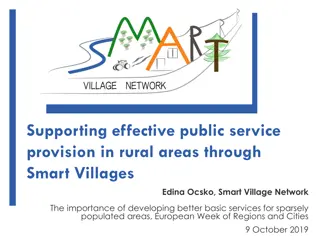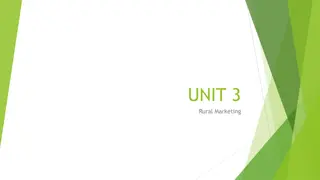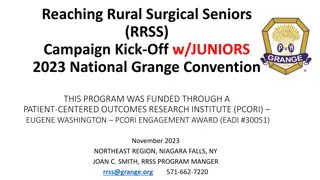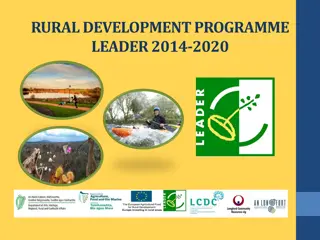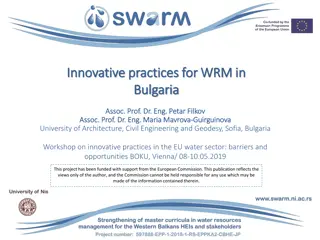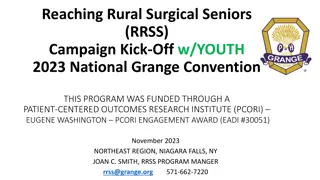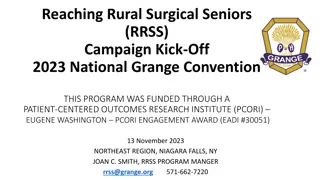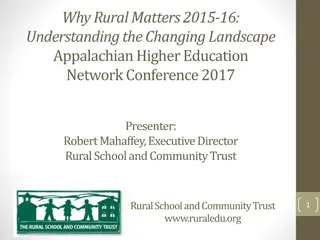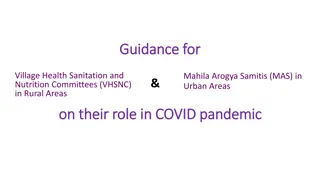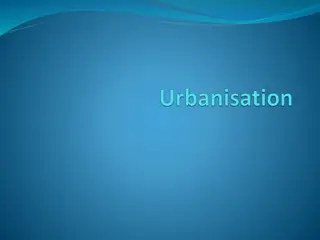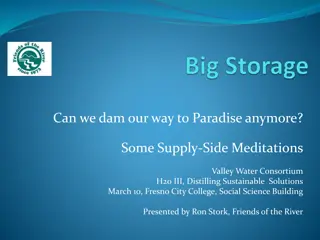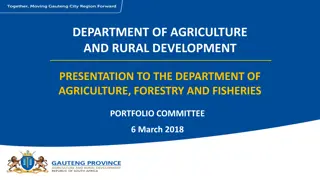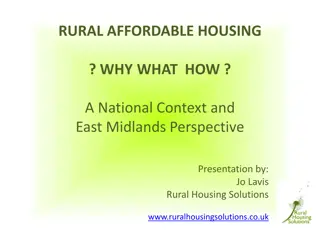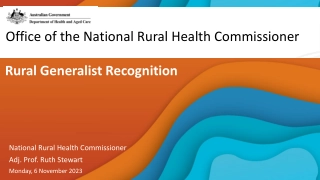Innovative Approaches to Water Management for Urban and Rural Areas
Explore initiatives on water quality, quantity, hazards, and agriculture. Learn about citizen-led measuring methods, the need for new sensors, and incentives for community engagement. Discover sensor technologies, education integration, flood resilience, and more. Uncover insights on CO guidelines, flooding mitigation, and potential partnerships.
Download Presentation

Please find below an Image/Link to download the presentation.
The content on the website is provided AS IS for your information and personal use only. It may not be sold, licensed, or shared on other websites without obtaining consent from the author. Download presentation by click this link. If you encounter any issues during the download, it is possible that the publisher has removed the file from their server.
E N D
Presentation Transcript
Some ideas on water Is it urban or ..? Water quality and quantity Ground and surface water Hazards (pre and post event) Agriculture: quality and quantity What can be measured by citizens (smell, colour ..) Need for new sensors Which incentives work for which citizens?
WP: Water CO in Education Primary, secondary, tertiary School networks : CO approaches included in school curricula for Science and IT education Different levels Pilot to develop and test curricula
Water level measurement in high hazard areas Wildlife in/near rivers Do we need more water level/quality monitoring, where and why? Schools Anglers: fish stocks, What does water quality mean and to whom? What are water issues Which interest groups can we identify who have a stake in collecting and using CO?
WP: Sensor technologies development and testing Massive numbers of cheap sensors are preferable to a small no. of expensive ones. What sort of sensors do we have, are needed can be built, distributed? Quality of drinking water: from wells or piped systems? Animal and plant indicators? Birds, plants, bees (and bee-keepers)
WP: VGI a critical analysis WP looking at historical developmet What works What does not And why? Lessons
WP: Quality of CO Guidelines for CO and sensor use How to filter out good and bad sources Also bias due to specific interests What is the critical mass CO on demand for local crises
WP: Flooding Pre and post disaster Need one or more high risk areas for pilot Vulnerability assessment (historical event syrveys) Monitoring of hazard levels over time > early warning systems, event dynamics Use CO to calibrate hydro models Robustness Waste redistribution post event
Possible partners Geodan, Amsterdam Sensor technologies: UT, TUD etc Associations: Anglers, Bee-keepers? Environmental Lawyers ICLEI Water boards & local, regional authorities


